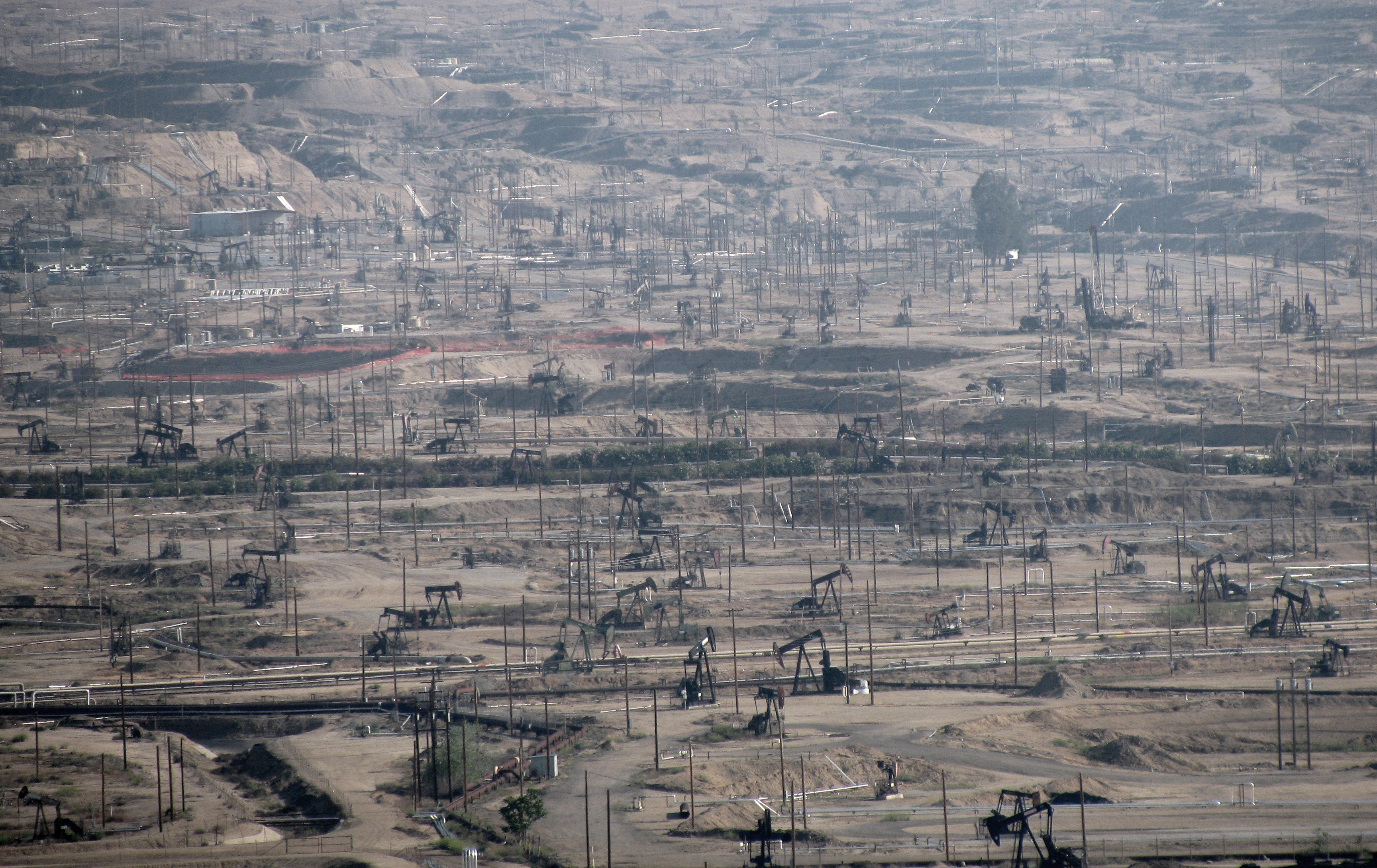The California Air Resources Board (CARB) just released its greenhouse gas (GHG) inventory data report for 2019. CARB said the data shows that GHG reductions in the state are being reduced significantly more than the reductions that have been targeted by law.
However, buried within the press release and the report is information on another source of GHG whose numbers are not included in the inventory of reductions that CARB is praising.
Wildfire emissions.
CARB's latest data shows that GHG emissions statewide, exclusive of wildfires, went from 425 million metric tonnes in 2018 to 418 million metric tonnes in 2019.
However, what CARB doesn't report is the increase in wildfire GHG emissions. Although wildfire CO2 emissions declined from 2018 to 2019 from 39.1 to 4.8 million metric tonnes CO2, in 2020 they increased to 106.7 million metric tonnes. And that latter number may be approached in 2021 as well considering the number of wildfires that have happened and are happening at this very moment throughout the state - and the normal wildfire season hasn't even officially started yet.
CA Wildfire Emissions, by Year - CARB
CARB and others have tried to dismiss concerns over wildfire CO2 emissions by referring to them as part of the natural carbon cycle. But the fact remains - CO2 is CO2. The world and the physical climate change processes that result in the increasing temperatures of global warming do not care from where the CO2 comes.
One can brag all one wants about reducing GHG emissions from transportation and industrial sources, but, the ship is still going to sink if you only bail out part of the water that is filling your boat.
What do you think? Please leave your comments below.



